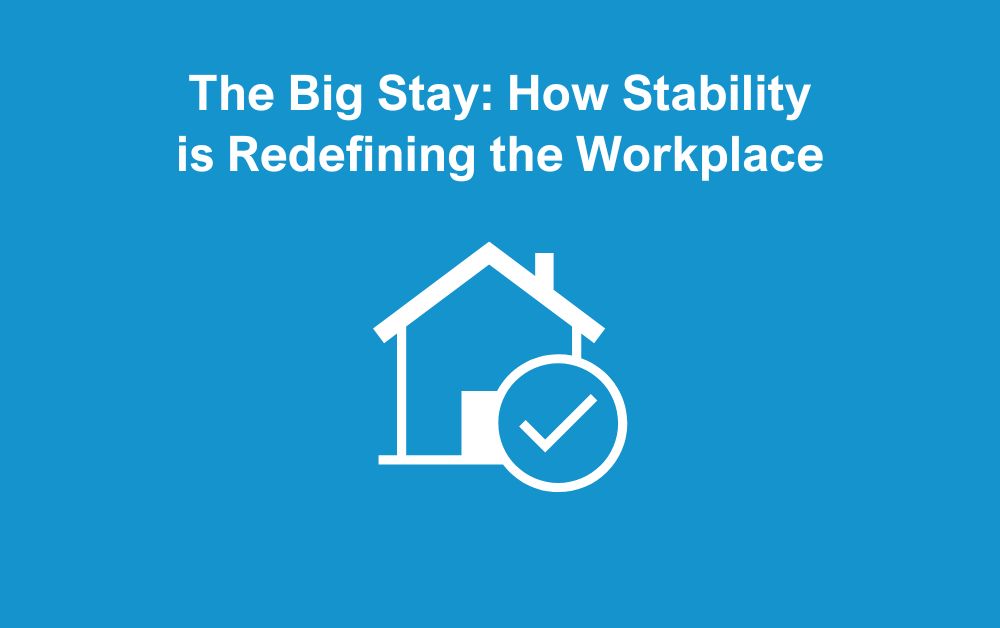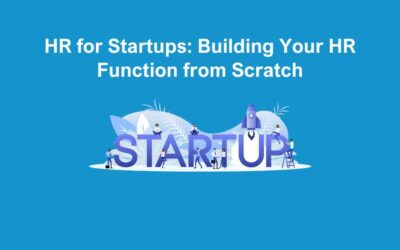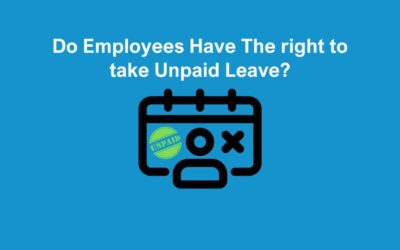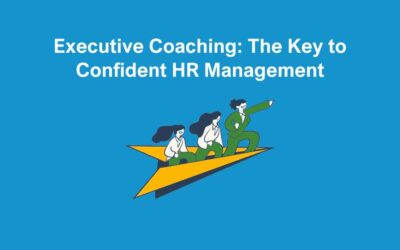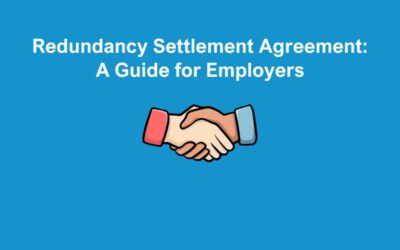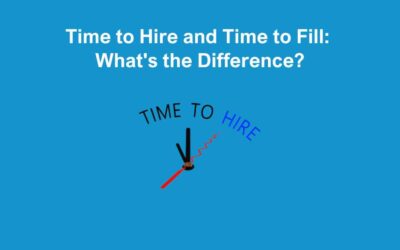As we step into 2025, a notable trend is emerging in the workforce: The Big Stay. This phenomenon represents a significant shift in workplace dynamics, marking the end of the relentless job-hopping era that characterised the aftermath of the Great Resignation. Instead, employees are now prioritising stability and satisfaction in their current roles, reshaping the employment landscape in profound ways.
CIPD’s Labour Market Outlook published last year showed that more than half of employers reported plans to maintain their current staff levels, marking the highest proportion since the winter of 2016-17. The report also predicted a decline in both staff turnover and vacancies as the job market enters a period of normalisation following the pandemic.
The Big Stay signals a pivotal moment for both employers and employees, offering an opportunity to focus on building stronger workplace cultures, investing in employee development, and fostering long-term loyalty. As organisations navigate this new era of stability, those that prioritise engagement, wellbeing, and meaningful career progression will be best positioned to thrive in 2025 and beyond.
The Roots of The Big Stay
To understand this trend, it is essential to revisit the factors that led to its emergence. Over the past few years, the workforce has undergone seismic changes. The Great Resignation saw millions of employees leaving their jobs in pursuit of better opportunities, higher pay, or a more fulfilling work-life balance. This exodus, combined with the subsequent surge in job-hopping, reflected a workforce eager to redefine its priorities.
However, the economic uncertainties of recent years have created a new reality. Rising inflation, global market volatility, and concerns about economic stability have encouraged many to rethink their approach to work. In this context, stability has become a valuable commodity. Employees are now less inclined to take risks, instead choosing to focus on building meaningful careers within their current organisations. With this, The Big Stay was born.
What is Driving Employee Retention?
- Economic Pressures: Economic turbulence has prompted employees to seek security. Uncertain job markets and the prospect of a looming recession have underscored the value of steady employment. This financial pragmatism has curtailed the appetite for frequent career changes.
- Enhanced Workplace Conditions: In response to the challenges posed by the Great Resignation, many organisations have taken significant steps to improve workplace conditions. Investments in employee wellbeing, flexible working arrangements, and competitive compensation packages have contributed to a more satisfied workforce.
- Prioritisation of Work-Life Balance: The pandemic underscored the importance of a balanced life, and employees are now reluctant to sacrifice this balance for the uncertainties of a new role. Companies offering remote work options, mental health support, and family-friendly policies have seen increased loyalty from their staff.
- Focus on Meaningful Employment: Employees today value purpose-driven work. Organisations that align with their personal values or provide opportunities to make a difference are experiencing higher retention rates. This emphasis on meaningful employment is a cornerstone of The Big Stay.
Key Considerations for Employers
The Big Stay presents both opportunities and challenges for employers. Here are some key considerations:
- Retention Strategies are Paramount: With employees settling in for the long haul, businesses must prioritise retention strategies. This involves regular feedback mechanisms, clear career progression pathways, and fostering a positive organisational culture.
- Upskilling and Development: Employees who stay longer expect opportunities for growth. Organisations that invest in training and development programmes will benefit from a more skilled and engaged workforce.
- Building Trust and Transparency: Open communication and a commitment to ethical practices are essential for maintaining employee loyalty. Transparency about company goals and challenges fosters trust and strengthens the employer-employee relationship.
- Adapting Leadership Styles: Leaders must embrace a more empathetic and inclusive approach. Understanding employee needs and providing mentorship are critical to maintaining long-term engagement.
The Future of The Big Stay
As The Big Stay reshapes the workforce, its long-term impact will extend beyond individual organisations. It has the potential to redefine how careers are perceived, shifting from a series of transient roles to a focus on sustained growth and fulfilment. This trend may also encourage businesses to adopt more sustainable employment practices, fostering environments where employees can thrive without the constant churn of turnover.
For employees, this trend represents an opportunity to build stability and pursue meaningful careers without the pressure to constantly seek new opportunities. For employers, it is a chance to create lasting relationships with their workforce, ultimately driving long-term success.
As 2025 unfolds, the era of The Big Stay offers a fresh perspective on the future of work—one grounded in stability, satisfaction, and mutual growth.
How to Make the Most of The Big Stay
The Big Stay offers a unique opportunity for both employees and employers to foster long-term growth and satisfaction. Here are some strategies to maximise its benefits:
- Conduct regular employee surveys to understand their needs and aspirations.
- Strengthen your employee value proposition by highlighting career growth opportunities and organisational values.
- Create mentorship and coaching programmes to build strong internal networks and develop future leaders.
- Recognise and reward long-term contributions to maintain motivation and morale.
By taking proactive steps, employers can ensure that this trend becomes a catalyst for mutual success and growth.
How The HR Booth Can Help
At The HR Booth, we understand the evolving dynamics of the workplace and the challenges businesses face in retaining top talent. Our expertise lies in providing tailored HR solutions that align with your organisation’s unique needs. Here’s how we can support you:
- Retention Strategies: We help you design and implement effective retention plans that focus on employee satisfaction and long-term engagement.
- Upskilling and Training Programmes: Our training solutions are customised to empower your workforce with the skills they need to thrive.
- Enhanced Workplace Policies: From flexible working arrangements to mental health initiatives, we guide you in creating a supportive and inclusive workplace.
- Leadership Development: We offer leadership coaching and development programmes to ensure your managers are equipped to lead with empathy and effectiveness.
- Compliance and Best Practices: Navigating employment laws and regulations can be complex. We ensure your HR practices remain compliant while adopting industry best practices.
The Big Stay presents an opportunity to build stronger, more resilient teams. Partner with The HR Booth to embrace this trend and create a workplace where employees feel valued, motivated, and ready to contribute to your organisation’s success.

